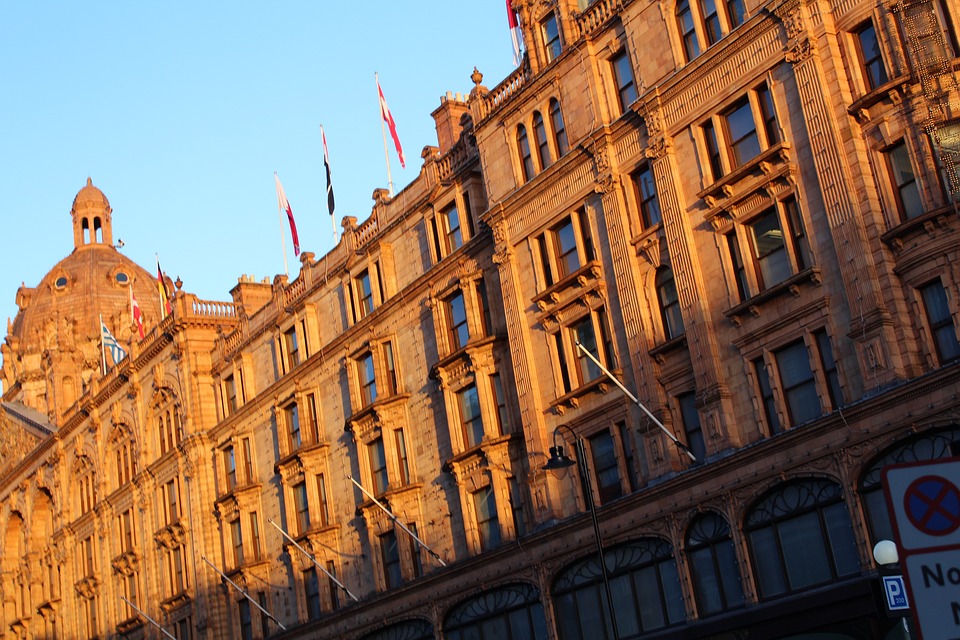Introduction
Edwardian housing developments were an integral part of the urban landscape in Britain during the early 20th century. Influenced by the architectural styles of the Edwardian era, these neighborhoods were characterized by their grandeur, spaciousness, and attention to detail. Many of these developments still exist today and provide a glimpse into the past, showcasing the opulence and sophistication of the time.
Popular Edwardian Neighborhoods
1. Hampstead
One of the most sought-after Edwardian neighborhoods in London, Hampstead is known for its picturesque streets lined with elegant homes. The architecture in Hampstead showcases a mix of Edwardian, Georgian, and Victorian styles, with many properties boasting large gardens and stunning views of the surrounding area. Hampstead Heath, a large green space, is a popular destination for residents and visitors alike, providing a peaceful retreat from the hustle and bustle of city life.
2. Kensington
Located in West London, Kensington is another popular Edwardian neighborhood known for its affluent residents and upscale amenities. The architecture in Kensington is characterized by grand terraced houses, many of which have been meticulously preserved and restored. The area is also home to Kensington Palace, a royal residence that has been inhabited by members of the British royal family for centuries. Kensington High Street offers a wide range of shopping and dining options, making it a desirable location for those looking for luxury living.
3. Belgravia
Belgravia is an exclusive neighborhood in central London known for its grand white stucco houses and prestigious residents. Developed in the early 19th century, Belgravia was designed to be a luxurious residential district for the elite of society. Today, the area remains one of the most desirable places to live in London, with its tree-lined streets, private garden squares, and close proximity to Buckingham Palace. Belgravia is also home to a number of upscale shops, restaurants, and cultural institutions, making it a vibrant and thriving community.
Features of Edwardian Housing Developments
1. Architectural Style
Edwardian housing developments are known for their mix of architectural styles, including Edwardian, Georgian, and Victorian influences. These properties typically feature grand facades, bay windows, decorative moldings, and intricate detailing. Many Edwardian homes also have spacious interiors with high ceilings, large sash windows, and elegant staircases, reflecting the opulence and sophistication of the era.
2. Gardens and Green Spaces
One of the hallmarks of Edwardian housing developments is the emphasis on outdoor space. Many properties in these neighborhoods have large gardens, private courtyards, or communal green spaces, providing residents with a tranquil retreat from city life. Edwardian developers often incorporated greenery into their designs, creating a harmonious blend of architecture and nature that continues to be appreciated by residents today.
3. Community Amenities
Edwardian housing developments were often planned with a focus on community amenities, such as parks, schools, and shops. These neighborhoods were designed to be self-contained communities, providing residents with everything they needed within walking distance. Many Edwardian developments also featured grand communal spaces, such as garden squares or crescents, where residents could socialize and enjoy the outdoors.
Preservation of Edwardian Housing
Despite the passage of time, many Edwardian housing developments have been well-preserved and maintained, allowing them to retain their original beauty and charm. Historic preservation societies and local councils have worked to protect these properties from demolition or inappropriate alterations, ensuring that future generations can continue to appreciate their unique heritage.
In recent years, there has been a growing interest in preserving and restoring Edwardian housing developments, with many homeowners investing in renovations to maintain the character and integrity of their properties. By preserving these historic homes, residents are not only honoring the past but also contributing to the cultural richness and diversity of their communities.
Conclusion
Edwardian housing developments offer a glimpse into the elegance and sophistication of a bygone era. These neighborhoods, with their grand architecture, spacious interiors, and lush greenery, continue to be prized for their beauty and historical significance. By preserving and revitalizing these properties, residents are ensuring that the legacy of the Edwardian era lives on, enriching the fabric of their communities for generations to come.
